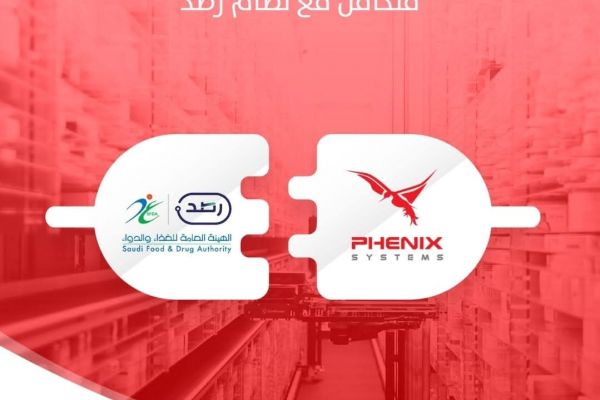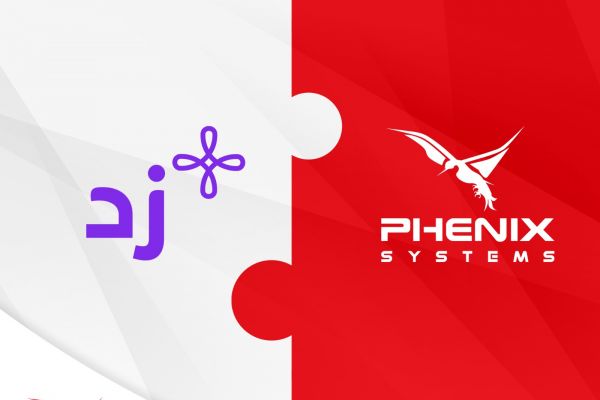The origin of inventory dates back to the Industrial Revolution in the 19th century, when companies started using machinery and modern technology to improve production and distribution processes. Since then, inventory management has become a vital aspect for any company involved in manufacturing, supply, or sales operations.
The purpose of inventory management is to monitor and control all the items owned by a company, including raw materials, expired products, products ready for sale, tools, and equipment used in production processes. Also, it involves managing the consumables used in the production and supply of products. These items are typically stored in warehouses and designated areas within the company. Inventory needs to be regularly updated and managed to ensure the availability of necessary resources for production and sales while avoiding excessive costs and the risk of damaged or expired items.
The increasing needs for inventory management have led to the development of various inventory systems, including perpetual inventory and periodic inventory. Each system provides different features and uses depending on the needs of companies, the scale of their production lines, and the industries they operate in.
What is inventory?
Inventory is the process of determining the value and quantity of materials and goods available for sale in a company's stock, which is used in production and sales. It involves determining the value of each item in the inventory and assessing its overall value. Inventory is an important process in financial and business management, as it provides the company with an accurate idea of the resources it has and what needs to be purchased or replenished.
What are the most common types of inventory?
There are two main types of inventory, which are continuous inventory and periodic inventory:
First: Continuous inventory
It is a system in which inventory is updated instantly and regularly. The inventory is updated with every transaction, whether it is a sale, purchase, or movement within the inventory. Continuous inventory systems are used in industries that require continuous and accurate monitoring of inventory, such as the pharmaceutical and food industries.
Continuous inventory systems typically use technologies such as barcodes to update inventory accurately and efficiently. The continuous inventory system helps update inventory reports and manage inventory effectively and quickly, saving time and effort for employees.
Second: Periodic Inventory
It is a system used in inventory management where the inventory is periodically updated. This is usually done on a monthly, quarterly, or yearly basis, and this type of inventory is conducted by recording the incoming and outgoing items from the inventory during a designated time period.
The periodic inventory system helps in preparing inventory reports for inventory management. It helps in identifying the sold items and purchased items, and determining the quantities available in the inventory. The periodic inventory system is used in various industries, stores, and companies to track inventory in an organized and accurate manner.
5 main differences between the perpetual inventory system and the periodic inventory system
There are several differences between the perpetual inventory system and the periodic inventory system, the most notable ones being:
- Inventory Updates: In the perpetual inventory system, inventory is continuously and immediately after every sale or purchase transaction, while in the periodic inventory system, inventory is updated periodically, such as monthly, quarterly, or at the beginning or end of each fiscal year.
- Updating Cost of Goods Sold: In the perpetual inventory system, the cost of goods sold is updated immediately after each sale transaction, including recording the cost of any additional expenses such as shipping costs. On the other hand, in the periodic inventory system, the cost of goods sold is calculated by averaging the cost of goods available in inventory.
- Risk Calculation: The perpetual inventory system is more suitable for companies dealing with perishable goods that require monitoring expiration dates. This is because the inventory and cost of goods sold are updated immediately and accurately. On the other hand, in the periodic inventory system, the cost of goods issued from inventory is calculated based on the average cost, which makes it difficult to track expiration dates.
- Cost Level: The perpetual inventory system requires a more complex and costly system, as it requires a dedicated inventory management system for the continuous update of the inventory. On the other hand, the periodic inventory system is easier and simpler to implement, which is why it is common in small companies dealing with simple inventory.
- Accuracy of Inventory Management: The perpetual inventory system provides more accurate results in terms of inventory management and profit calculation, while in the periodic inventory system, there may be errors or delays in updating inventory data, leading to an inaccurate estimation of the cost of goods, inventory, and profits.
5 Key Features Provided by the Inventory Management System in Phenix
Through the Phenix Inventory Management System, you can perform various types of inventory counts at any time you want, whether periodic or perpetual, with the ability to count every quarter, half year, financial year, or even on a daily basis. You can take advantage of the following features:
Firstly: the Income Statement Report.
Inventory management reports from Phenix Systems help with periodic and perpetual inventory tracking to provide detailed information on returns and expenses related to inventory during a specific time period. This report includes information on inventory-related items such as purchase costs, storage costs, production costs, discounts, and sales.
This information is obtained by recording all inventory-related transactions and translating them into the income statement. This information can be used to analyze inventory costs and determine the overall profit. The income statement report is regularly prepared to track inventory performance and identify areas that can be improved in purchasing, production, and sales processes. A thorough analysis of the income statement report can help companies identify returns on investment in inventory and improve the efficiency of their business operations.
Secondly: Real-time inventory valuation
Phenix Systems enable their clients to calculate inventory value periodically using the inventory-taking process which is done regularly and according to the company's needs, whether on a monthly, semi-annual, or fiscal year basis. The quantity of products is determined and converted into monetary value using available inventory valuation methods.
In addition to conducting regular inventory counts throughout the year and updating the inventory database, various tools such as barcode scanners are used to determine the location of products. This allows for immediate updating of the database and continuous tracking of inventory movements throughout the year.
Regardless of the method used, companies must conduct periodic inventory counts to update the value of the inventory and ensure that the numbers in the records match the actual count of materials in stock.
Thirdly: calculating the cost of goods sold instantly
Phenix Systems allow for instant calculation of the cost of goods sold in the inventory management software. This enables companies to know the exact cost of goods that have been actually sold, allowing for cost control and improved profitability. This amount is calculated for each product that has been sold based on the actual quantity sold, and the monetary value of that quantity is added according to the purchase price of the goods.
Instant calculation of the cost of goods sold is crucial in the inventory management and control process. It allows inventory managers to know the cost of each product sold, and subsequently calculate the profit made on different sales more accurately. This information can be used to improve performance tracking and evaluation in the company and make necessary decisions and essential improvements about the quality and cost of products sold. In other words, instant calculation of the cost of goods sold helps companies determine prices for different products, leading to the desired profits and improved inventory management.
Fourthly: Match financial inventory value with its warehouse value
Matching the financial inventory value with its warehouse value means verifying that the monetary value recorded in the inventory account aligns with the actual value of the inventory present in the warehouse or store.
In the inventory management system of Phenix Systems, the matching can be periodically verified by conducting a stocktake at the end of the financial period. In this case, the company generates invoices for purchases, sales, returns, and discounts at the end of the financial period. The accounting balances are then based on these invoices.
In addition to continuously verifying the matching, every time a new item is added to the inventory or a new shipment arrives, a periodic stocktake is conducted and can be done at any appropriate time. The inventory values in the system are updated continuously to reflect any changes in the stock.
Companies must strive to maintain a high level of accuracy in their accounting information to ensure the matching between the financial value of inventory and its physical value. This helps to prevent discrepancies in the stocktake and ensures compliance with accounting obligations.
Fifthly: Avoid errors in inventory management and monitor cases instantly
Avoiding errors in inventory management through reconciliation, which means comparing the data and numbers recorded in the inventory database with the actual count of the inventory regularly, to ensure that the materials in stock match the quantities recorded in the system.
This can be achieved through the inventory management software from Phenix Systems, by conducting regular rounds of material counting in the warehouse and comparing it with the data recorded in the database. Additionally, auditing the processes recorded in the Phenix Systems inventory management system to ensure their accuracy and precision. Furthermore, utilizing inventory and detailed sales reports to review materials that may potentially be improperly matched in the system. Consequently, periodic and regular matching can be carried out, along with additional campaigns as needed.
By implementing the matching process, errors in inventory management can be avoided, and cases can be monitored instantly, leading to improved efficiency and quality. This, in turn, provides accurate and reliable results for the client's operations.
Finally:
Inventory management is a crucial aspect that companies must prioritize. It includes both periodic and perpetual inventory. Periodic inventory is used for basic inventory management, while perpetual inventory provides high accuracy by utilizing modern techniques to easily and quickly determine locations and quantities.
The application of periodic and perpetual inventory depends on the nature of the business. Perpetual inventory is considered the best solution for companies that rely on continuous inventory management. The key importance of inventory management lies in maintaining the accuracy of its data and periodically verifying its alignment with the actual stock of the company. This is done to avoid management errors, increase profitability, and improve the services provided to customers.







Comments (0)